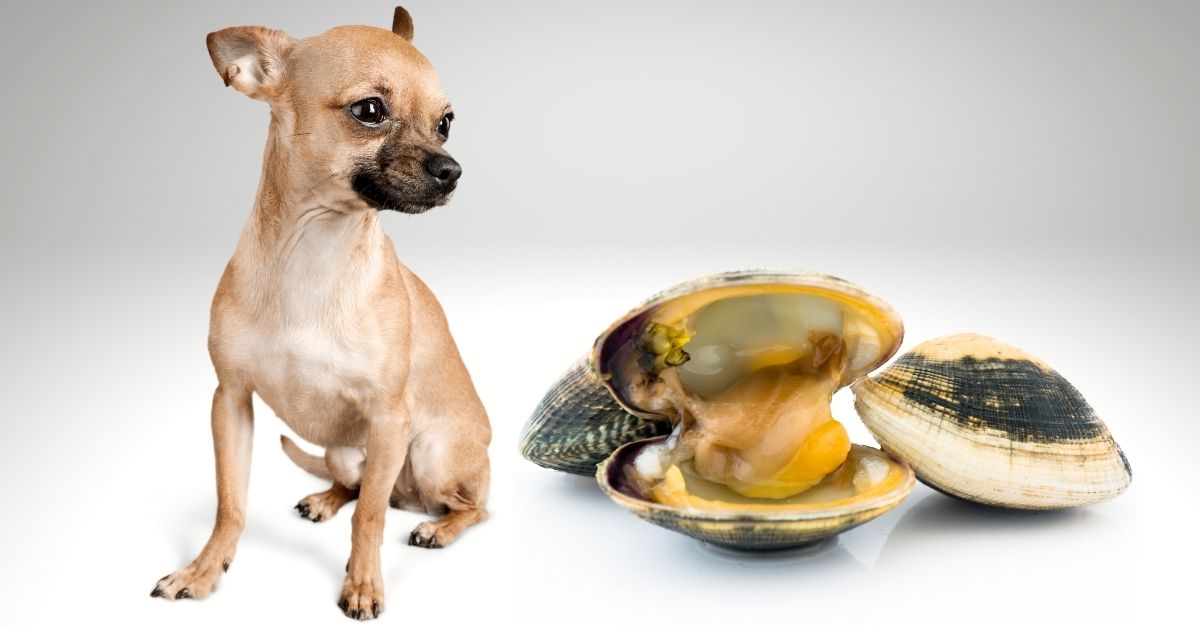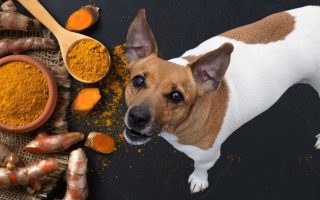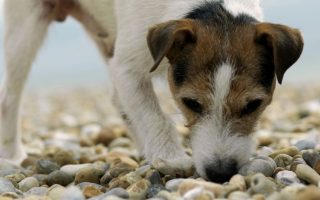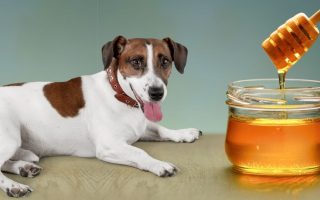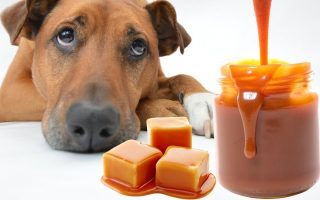Shellfish, including clams, are one of many nutrients packed foods with several benefits to humans.
Unsurprisingly we may likely feed them to our pet dogs.
This begets the question, can dogs eat clams? What about clam chowder?
In this article, we dig deeper into this subject to help you make a wise decision as regards adding clams to your dog diet.
Highlights include the risks and benefits of feeding clams to your dog.
First, let’s be clear on what exactly clams are.
What are Clams?
Clams are circular sea creatures that live in clumps of sand under fresh water.
There are different spices of clams, all varying in size, including surf clam, knobbed clam, and butter clam.
However, what is unique about this sea creature is an amazing fact that it has internal organs, hearts, circulatory systems, and digestive systems.
They can be eaten raw or cooked.
Many people are more acquainted with common sea shellfish creatures such as oysters and mussels.
On the other hand, clams aren’t as common, making it a rare dish.
The difference that sets apart clams from the rest of the shellfish family is that they are primarily found in freshwater, unlike the rest, which are found in seas.
While they can be found in almost every part of the world, clams are notably common along the coastline of countries like Australia and New England and generally have a life cycle of about a year.
However, a documented report once showed otherwise—a clam believed to be approximately 507 years old.
Can Dogs Eat Clams?
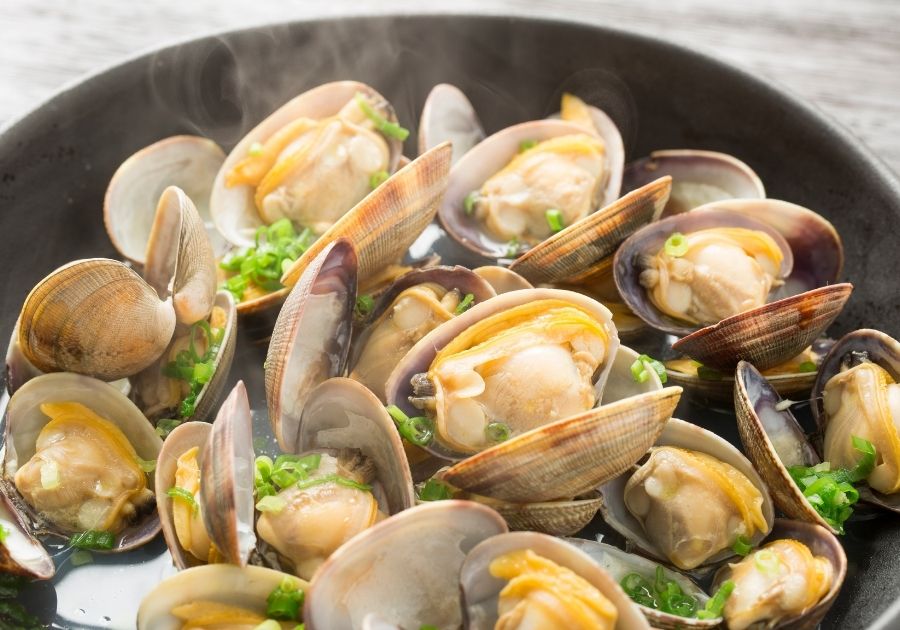
Being that your furry friend is more than just a friend but a part of the family, you may be tempted to feed it clam.
Having every family member gathered at the dining and enjoying a sumptuous meal of cooked clam, leaving out your pet dog from the party is more than heartbreaking.
The good news is dogs can eat clams. They are an excellent source of protein, minerals like magnesium, zinc, iron, and omega-3 fatty acids. However, they should be fed in moderation.
Clams contain a high level of potassium and sodium, making it unsuitable for your dogs to eat them in high quantity.
A few bites wouldn’t pose any health problems, but beyond this could result in health complications.
To understand why clams could be potentially detrimental to your dog’s health, below is a breakdown of the nutrient value of 85 grams of clam.
| Nutritional Info | Amount |
|---|---|
| Calories | 126 |
| Total Fat | 1.7g |
| Cholesterol | 57mg |
| Sodium | 1,022mg |
| Potassium | 534mg |
| Carbohydrates | 4.4g |
| Protein | 22g |
| Vitamin A | 9.7% |
| Vitamin C | 31% |
| Calcium | 6% |
| Iron | 13% |
From the chart above, it is dauntingly clear that despite the nutritional benefit clams offer, a dog’s regular consumption of it will negatively impact its health system.
Health Risk of Feeding Clams to Dogs
You should be aware of health risks from feeding clams to your dogs as a responsible dog owner.
High salt content
Although clams exist in different species and thus the salt content in each species varies, most of them contain high salt content, raising concerns.
Dogs do not need much salt content in their diet, and clams contain too much of it.
Food poisoning
Clams are associated with the family of bivalve mollusks, a class of marine and freshwater mollusks, and they filter the water they live in.
Herein lies the problem, toxins they filter sometimes end up in a clam’s tissue, and dogs may wound up ingesting some of these toxins.
Unfortunately, cooking can’t get rid of these toxins.
Therefore, it is important to get your clams from a reputable source or water that you’re sure is free from such endangering toxins.
Heavy metals
This rarely does happen, but there’s a chance that clams you feed to your dog may contain some bit of metals.
Clams from Asian waters reportedly have heavy metals such as Mercury in them.
These heavy metals, in large quantities, can wreak havoc on a dog’s health.
Allergies
Some dogs may be allergic to clams or any type of seafood in general.
Hence, clams are a big no! In the case these allergic dogs accidentally ate clams, you may notice the following symptoms:
- Obsessive licking/ chewing of feet
- Stomach pain
- Itchy skin
- Running nose
- Running eyes
- Skin infection
- Ear infection
- Hair loss
- Vomiting
- Diarrhea
- Anaphylactic shock (in severe cases)
Before introducing new food to your canine buddy’s diet, it is best to contact your veterinarian.
Health Benefits of Feeding Clams to Dogs
As much as clams pose a few health risks, especially when excessively consumed by dogs, it is not entirely a bad treat.
It does have its health benefits when responsibly fed to dogs. These benefits include:
- Excellent source of vitamin B12, which is helpful in brain function operating optimally and also digestive function.
- A good source of Omega-3 fatty acid, which improves a dog’s heart health.
- It contains Iron which aids easy transportation of oxygen and nutrients in a dog’s system.
- Excellent source of lean proteins and, most importantly, amino acids, including those a dog’s system may not produce.
- A source of vitamin C. Vitamin C is vital in maintaining and repairing bones and cartilage and the overall improvement of a dog’s immune system.
So, Can Dogs Have Clams?
It has been established that dogs can eat clams, and as long as it is fed to them in moderation, there are fewer risks.
The best way to make clams for your dog is to cook plainly without seasonings and dice them into tiny bits before serving them.
Can dogs eat clam chowder?
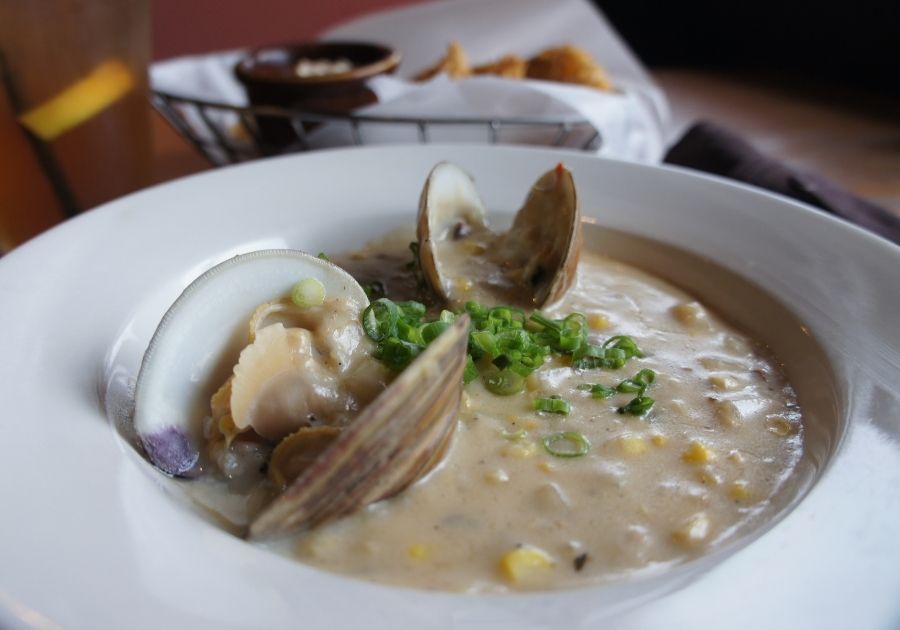
Clam chowder is any variety of chowder soup containing clams. However, it is not advisable to feed them to your dog.
Several Clam chowder soups are high in sodium and contain other ingredients like garlic, onion, bacon, preservatives, and milk, which are toxic to dogs.
Can I feed my dog clam cake?
Absolutely no! You should not feed your dog clam cakes or any deep-fried food as ingredients used in the cooking process, such as salt, flour, and leavening agent, are harmful to dogs.
Can I feed my dog clam juice?
Clam juice prepared plainly without the addition of seasoning is safe to feed to your dog in moderation.
However, the same cannot be said for clam juice made with additional seasonings or ingredients.
FAQs
Can dogs eat live clams?
No! Never allow your dog to eat live clams. They are likely to contain too many harmful bacteria and contaminations.
Can dogs eat clam strips?
Yes, as long they are from a good source (i.e., not from nasty water and risk containing toxins) and prepared plainly without the addition of seasonings.
What should I do If my dog eats clamshell?
If your dog eats a smaller shell size, that is likely to pass through your dog’s intestine and shouldn’t be a problem but if it is a large shell, contact a vet immediately!
Final Thoughts
Clams may not be the best of treats to feed your dog, but if responsibly fed, you can tap on the benefits of its nutrients and avoid the risk that comes with them.
Always ensure your clams are from a good source and never feed it raw to your furry friend.
In conclusion, it is safe to say that dogs can eat clams but only moderately.

